WHAT REMAINS OF EDITH FINCH Review
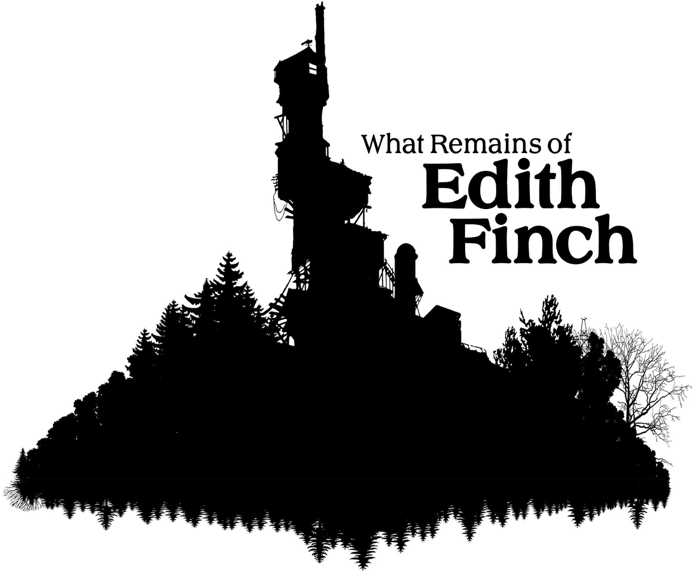
WHAT REMAINS OF EDITH FINCH joins a proud lineage of “walking simulators” and plot-driven adventure games by putting narrative before everything else. Much like the games that have come before it, EDITH FINCH focuses on the intimate and personal aspects of life and finds tremendous strength and depth in them. By focusing on its story (really a series of short stories, not unlike an anthology), WHAT REMAINS OF EDITH FINCH is able to speak to something greater than anything a blockbuster video game or movie could.
A curiosity in itself, WHAT REMAINS OF EDITH FINCH is notably the first game published by Annapurna Interactive, Annapurna Picture’s newly minted games division. The game itself is developed by Giant Sparrow, the team behind THE UNFINISHED SWAN, another “art” game that featured a unique paint-based gameplay and a lot of hype upon release. With EDITH FINCH, they leverage their experience in art direction to craft a small, but incredibly detailed, world. A lush forest, a foggy beach, and a ramshackled, massive house are the settings of the game, but through gameplay, further complications and layers are revealed as the player character, Edith the II, reads the last records of her family members’ days, and experiences their memories and perspectives. The game is full of these moments as Edith narrates her experience in her childhood home and discovers the journals, photos, and medical records of the people who were her family. The family of which she is the final surviving member.
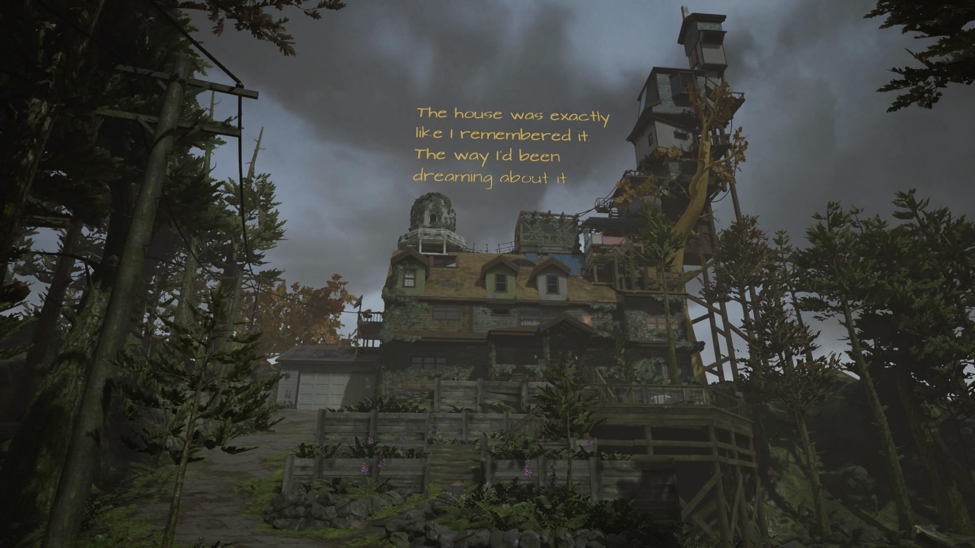
It’s like you’re reading a storybook, if the storybook was all about how your family died
That finality points to an obsession, and it’s not an exaggeration to say that EDITH FINCH is obsessed with death, both within the game’s characters and the gameplay itself. Death is the end of every human story, and as a game centered around death, many of the surreal memory “vignettes” triggered by Edith’s explorations are just that: the final moments of the people close to her. These experiences range in length and type, but they are always on the edge of believability, always interactive in unique ways, and always a subtle blend of humor and tragedy. This balance is an important one, because the story of the Finches, an immigrant family who were literally shipwrecked on a beach in Washington, with only the story of their old life and their house as possessions, IS a tragedy. At the core of young Edith’s return to her family home is the hope that she can come to understand her family’s curse, a curse that she too believes she is afflicted with. Because as history has proven, and as the player learns, every Finch dies too young, in ways both grotesque and poetic.
In comparison to other games in this genre, EDITH FINCH sits at an almost perfect intersection between the realism and sense of place of GONE HOME and the surreal artistry of VIRGINIA. Better in some ways than both its contemporaries, EDITH FINCH squeezes in more interactivity, even with the simple inputs of movement and an “interact” button. This adds a layer of personality to each of the vignettes. They all ultimately end the same way, but the path there can diverge depending on simple choices made by the player. Beyond that, simply performing the last, often confusing or troubling, acts of a family of dead people adds a weight to the story of EDITH FINCH, something that couldn’t be as easily conveyed in other mediums like film or text that are experienced more passively. EDITH FINCH’s story is felt strongest during these simple interactions.
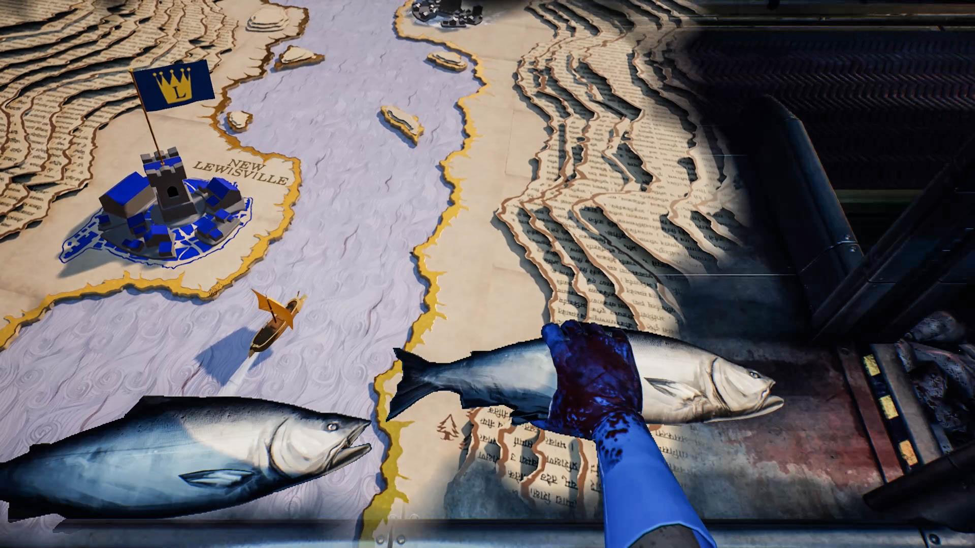
The monotony of cutting fish simultaneously experienced with the freedom of daydreaming is not something that works anywhere else but games
This all bears consideration, not because the story of EDITH FINCH is questionable or its status as a game is under contention (seemingly the oldest of video game questions), but rather because critical analysis of EDITH FINCH has brought the (misguided) question of “Should games even have stories?” back into the fore. Other, more eloquent people have countered this question and its argument in far better ways than I ever could, but I will simply say that if you are going to use WHAT REMAINS OF EDITH FINCH as an example of a problem with video game storytelling or video game stories overall, than you fail to see all the ways the game justifies its story and the gameplay nearly constantly. WHAT REMAINS WITH EDITH FINCH is a game, because more often than not games are a performance, a shared stage between designer, game, and player, and the only way EDITH FINCH’s story works as well as it does is if you play your role.
There’s more to EDITH FINCH than I’ve even said. Stories to be uncovered, secrets that have gone untold. But they are better “experienced” than watched, than read, than listened to. EDITH FINCH is a script that is best performed without research, practice, or audition, and I very much believe there is a part for you to play in this story.
Verdict: Recommend
Reviewed on PlayStation 4, also available on PC.

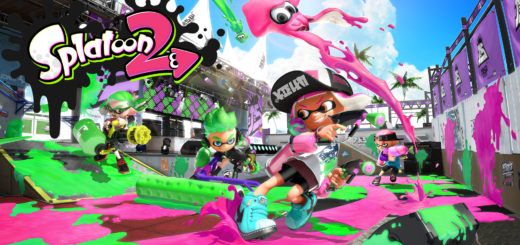
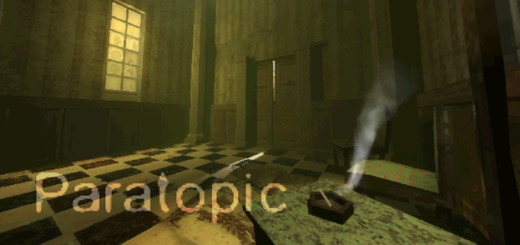

1 Response
[…] little cottage to a multi-story menagerie of disparate add-ons and perplexing rooms straight out of WHAT REMAINS OF EDITH FINCH. In theory, this aspect should be the most interesting and enjoyable part of the experience, with […]